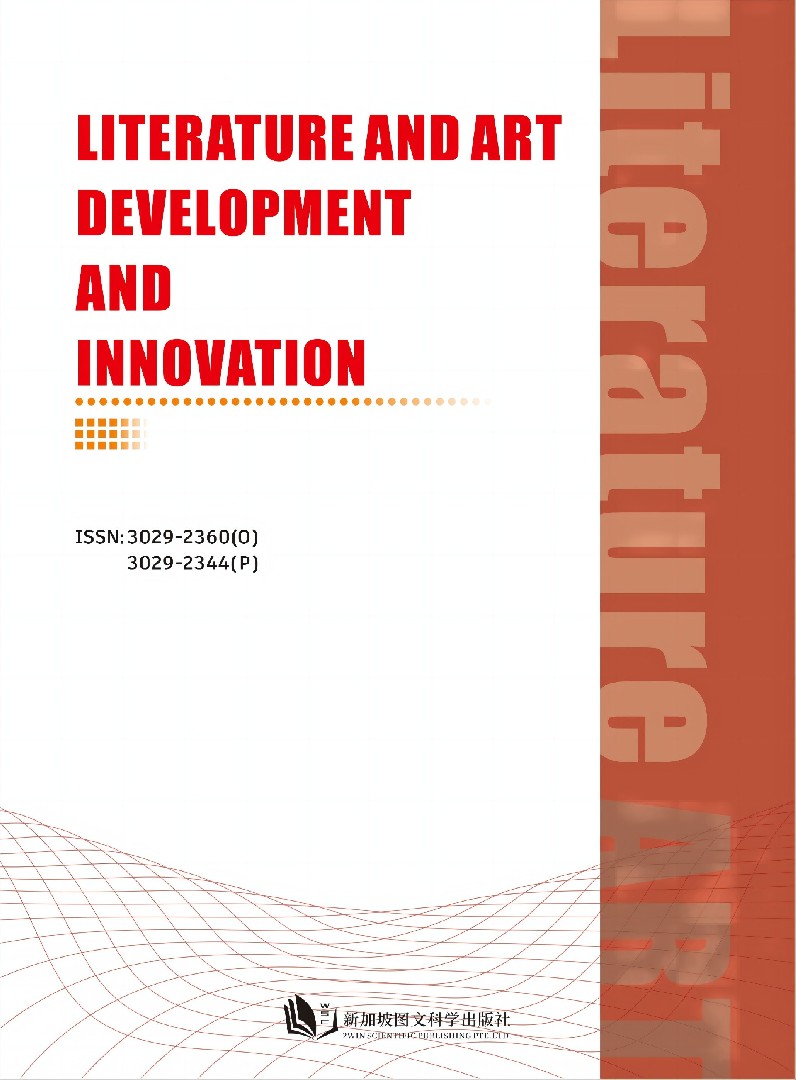作者
Weidong Tan
文章摘要
Abstract: Today, with the rise of social media, information is disseminated at an unprecedented speed and coverage. This progress is accompanied by a side effect that cannot be ignored—the frequent occurrence of false news dissemination. The core characteristics of social platforms, including their openness without barriers, the immediacy of interactive communication, and their emphasis on user participation, have gradually made them a key way for the public to obtain and share news and information. However, these platforms have not followed the traditional media The rigorous editorial review and fact-checking procedures used in the U.S. make it easy to fabricate and spread false news. The existence of false news not only misleads the public and destroys the reliability of the media in the hearts of the people, but may also have far-reaching negative effects on political decision-making, economic stability and even public safety. During major moments such as elections or public health crises, it may The negative impact is particularly severe. Therefore, the study of the causes of false news spread in the social media era and the formulation of countermeasures are particularly critical.
文章关键词
Keywords: social media era, false news spread, causes, coping strategies
参考文献
[1] Zhao Wenhe. Beware of false news spreading outside the circle in the new media era [J]. News Culture Construction, 2023, (24): 68-70.
[2] Xu Nuo. Analysis of true news and false news from the perspective of “Trustworthy Truth” [J]. News Research Guide, 2023, 14(14): 23-25.
[3] Li Xiao, Wang Rui, Wang Wenhui. Current status of false news dissemination and construction of journalistic professional ethics in the new media era [J]. News Culture Construction, 2023, (02): 18-20.
[4] Deng Yanan. Research on fake news in the “post-truth” era [J]. Journalism Research Guide, 2020, 11(22): 86-87.
[5] Luo Kunjin. Carnival and Discipline: Research on the Propagation and Governance of Fake News in the Social Media Era [J]. Modern Communication (Journal of Communication University of China), 2019, 41(02): 68-72.
Full Text:
DOI
